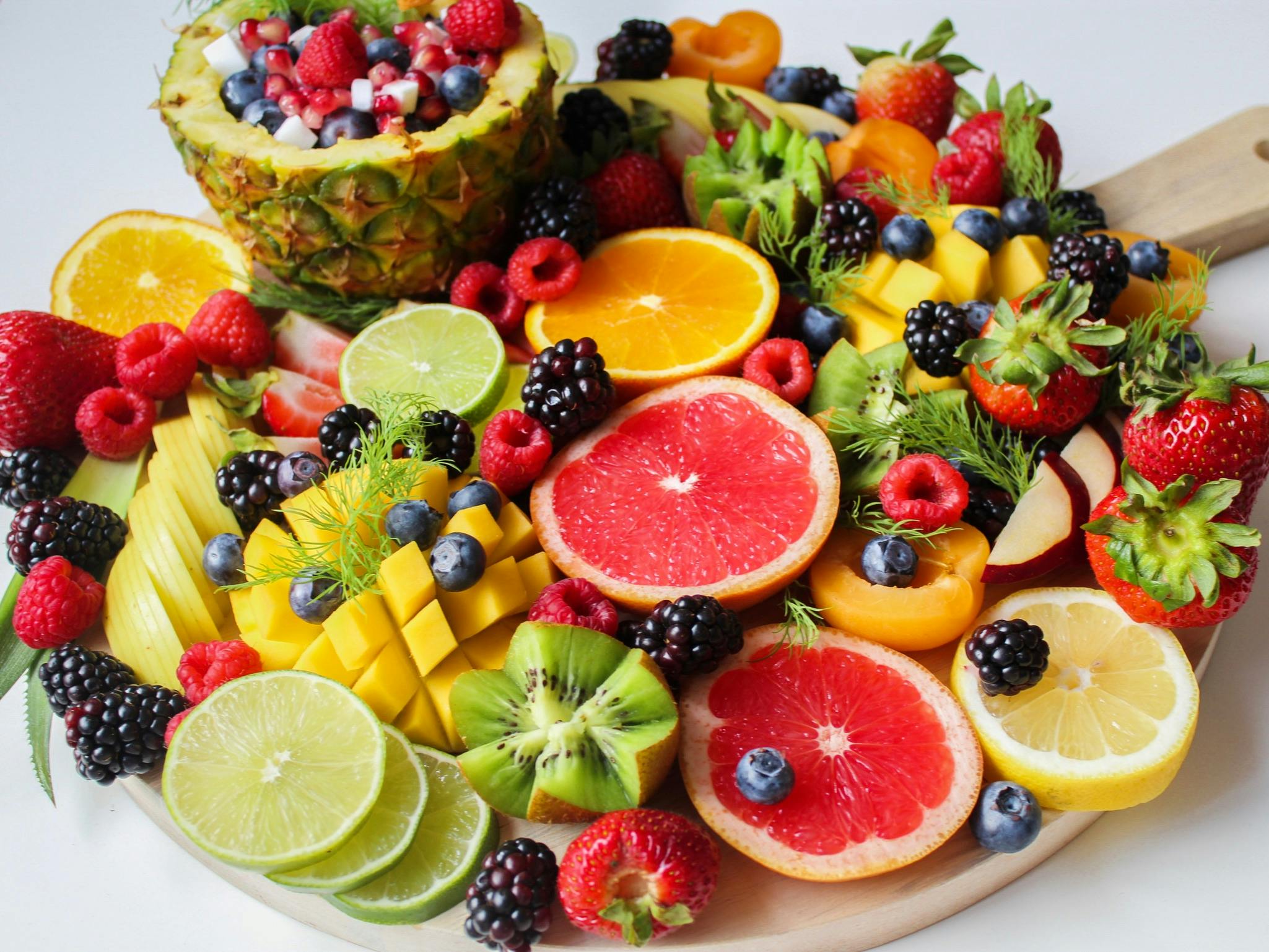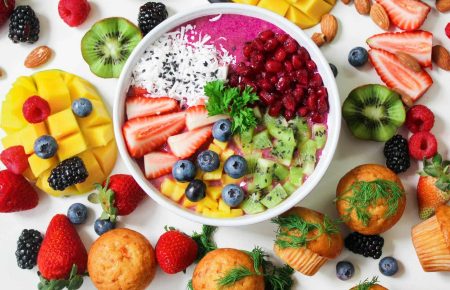Fruits and vegetables have been a key part of the human diet for centuries, consumed in various ways: raw, cooked, chilled, frozen, or juiced. With so much history behind them, it’s no surprise that there are countless facts about these nutritious foods that most people don’t know. Here are 20 fascinating facts about fruits and vegetables that will change the way you look at them!
1. Negative Calorie Foods? Not Really
Contrary to popular belief, there are no foods that burn more calories during digestion than they provide. While some fruits and vegetables, like celery, are low in calories (about 10 calories per stalk), the calories burned during digestion (known as the Thermal Effect of Food) are minimal. So, celery still gives you more energy than it takes to digest it!
2. The Cloned Banana
Did you know the bananas we eat today are all genetically identical? After the Panama disease wiped out the Gros Michel banana in the 1950s, the Cavendish variety became the dominant species. All Cavendish bananas are clones, originating from a single plant in Southeast Asia!
3. Frozen or Fresh? Both Are Nutrient Powerhouses
Worried that frozen fruits and vegetables aren’t as nutritious as fresh ones? Don’t be. According to studies, the nutritional difference between fresh and frozen produce is negligible. Just make sure you’re choosing 100% juice or whole produce for the full benefits.
4. Fiber is Your Friend
Fruits and veggies are packed with fiber, which not only keeps your digestive system healthy but also helps control blood sugar, lowers cholesterol, and keeps you fuller for longer. These benefits contribute to healthier eating habits and weight control.
5. Some Fruits and Veggies Are Toxic!
A little-known fact is that some fruits and vegetables naturally contain toxins. Apples, apricots, and peaches have small amounts of cyanide in their seeds, while potatoes can develop a toxin called solanine if stored improperly. Though typically in low, harmless amounts, it’s still fascinating!
6. Brussels Sprouts: A Love-Hate Relationship
Though often disliked for their bitter taste, Brussels sprouts are incredibly nutritious. They’re rich in vitamins and minerals, contain virtually no calories, fat, or cholesterol, and are known to fill you up. Try different cooking methods to reduce bitterness and enjoy their health benefits.
7. Broccoli Beats Steak (in Protein, That Is)
Per calorie, broccoli contains more protein than steak! Plus, unlike steak, it’s free of cholesterol and unhealthy fats, making it a fantastic plant-based protein option.
8. Pineapple Can Tingle Your Taste Buds
Ever notice a tingle after eating fresh pineapple? That’s bromelain at work, an enzyme that breaks down proteins — including those on your tongue. It’s also why pineapple is used as a meat tenderizer!
9. Cayenne Pepper: Nature’s Band-Aid
Not only does cayenne pepper spice up your food, but it can also help with blood clotting. Sprinkling a bit of cayenne on a wound can help stop bleeding. Plus, consuming it may improve circulation and blood pressure.
10. Apples vs. Coffee: Who Wins for Energy?
While coffee has its place, an apple can be a great energy booster thanks to its high carbohydrate content and vitamins. Try eating an apple in the morning for sustained energy throughout the day.
11. Watermelon: Your Hydration Hero
Containing 92% water, watermelon is an excellent source of hydration. Historically, travelers would carry it on long journeys to help stay hydrated. It’s perfect for outdoor activities on hot days.
12. Grapefruit and Medication: A Risky Combo
Grapefruit is packed with vitamins but can interfere with certain medications, leading to dangerous side effects. If you’re on medication, check with your doctor before indulging in this citrus fruit.
13. Tomatoes: Fruit or Veggie? Both!
Botanically a fruit, tomatoes are legally classified as vegetables in the U.S. This 1893 ruling allowed them to be taxed under vegetable tariffs, making them both fruit and vegetable depending on how you look at it.
14. Don’t Peel the Benefits Away
The skin of fruits and vegetables like apples, cucumbers, and carrots contains a large percentage of their nutrients. By peeling them, you’re missing out on extra fiber and vitamins.
15. It’s Hard to Overeat Fruits and Veggies
Fruits and vegetables are so low in calories that it’s almost impossible to gain weight by eating them. For example, you’d need to eat 200 stalks of celery to reach 2,000 calories!
16. Disease Fighters
The health benefits of fruits and veggies go beyond their fiber content. They can help reduce the risk of heart disease, cancer, diabetes, and more. The antioxidants, vitamins, and minerals they contain are essential for disease prevention.
17. Onions: Nutritional Powerhouses
Onions may make you cry, but they’re worth it. They contain over 100 sulfide compounds that can reduce the risk of certain cancers, asthma, and heart disease.
18. Purple is the New Green
Purple veggies are on the rise! They contain anthocyanins, which are antioxidants that may help prevent heart disease and cancer, and even improve brain function.
19. Orange Peels: A Hidden Gem
Orange peels contain four times more fiber than the fruit itself, along with more antioxidants. Grate them for zest in your dishes, or even try adding them to smoothies.
20. Outer Layers are Packed with Nutrition
In many fruits and veggies, the skin, rind, or outer layer contains more nutrients than the inside. Get creative by incorporating these parts into your cooking to maximize nutrition.
Wrap Up
Fruits and vegetables are nutritional powerhouses that offer a wide range of benefits. Whether you’re eating them fresh, frozen, or as part of a meal, you can’t go wrong. So, the next time you’re planning your meals, consider adding more of these incredible foods to your plate.
Source: LifeHack



